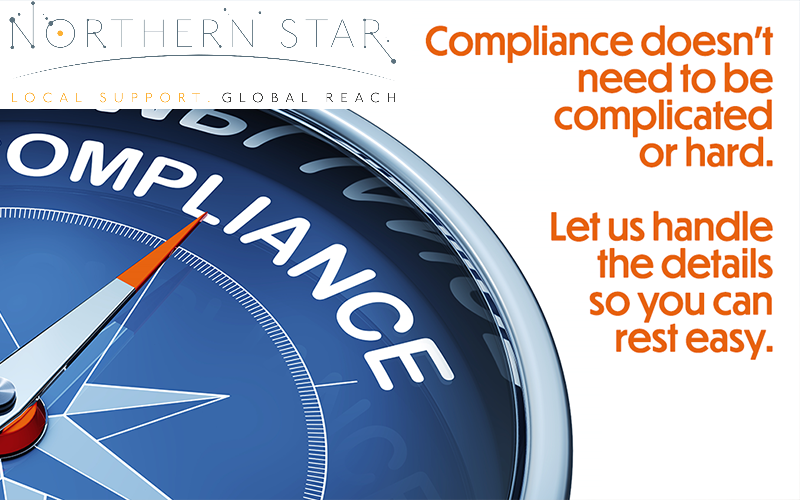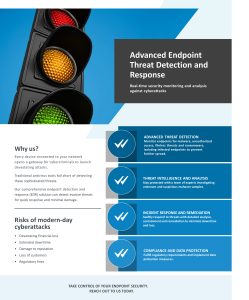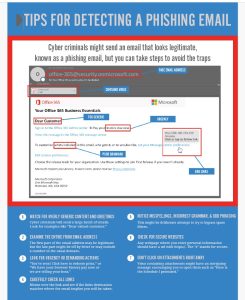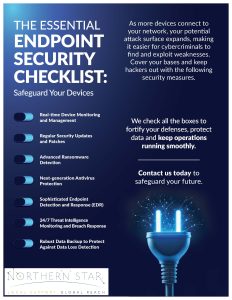
Understanding IT Compliance in Today’s Digital Landscape
Introduction
In an era where digital transformation is reshaping industries and the way we conduct business, Information Technology (IT) compliance has become a crucial aspect for organisations of all sizes. IT compliance refers to the process of adhering to policies, standards, and regulations that govern the protection and management of digital information. It is not merely a legal obligation but also a strategic necessity that helps safeguard sensitive data, maintain customer trust, and prevent costly breaches and penalties.
The Importance of IT Compliance
The significance of IT compliance cannot be overstated. As cyber threats evolve and data breaches become more prevalent, regulatory bodies worldwide have instituted stringent guidelines to protect consumer data and ensure organizational accountability. Compliance with these regulations helps organizations mitigate risks, enhance their security posture, and demonstrate their commitment to data protection.
Data Privacy and Protection
One of the primary drivers of IT compliance is the need to protect personal and sensitive information. Regulations such as the General Data Protection Regulation (GDPR) in Europe and the California Consumer Privacy Act (CCPA) in the United States mandate strict controls over how organizations collect, store, and process personal data. Non-compliance can result in severe financial penalties and reputational damage.
Building Trust with Stakeholders
Compliance with IT regulations is also essential for building and maintaining trust with customers, partners, and stakeholders. Organizations that demonstrate a commitment to compliance are seen as more reliable and trustworthy, which can lead to increased customer loyalty and business opportunities.
Avoiding Legal and Financial Penalties
Failure to comply with IT regulations can result in significant legal and financial repercussions. Regulatory bodies have the authority to impose hefty fines on organizations that fail to meet compliance requirements. Additionally, data breaches resulting from non-compliance can lead to costly legal battles and settlements.
Key IT Compliance Regulations and Standards
Various regulations and standards govern IT compliance, each with its unique requirements and implications. Understanding and adhering to these regulations is essential for organizations operating in different industries and regions.
General Data Protection Regulation (GDPR)
The GDPR is a comprehensive data protection regulation that applies to organizations operating within the European Union (EU) or handling the personal data of EU citizens. It mandates strict data protection measures, including obtaining explicit consent for data processing, ensuring data portability, and reporting data breaches within 72 hours.
Health Insurance Portability and Accountability Act (HIPAA)
HIPAA is a US regulation that governs the protection of sensitive patient health information. It applies to healthcare providers, insurers, and their business associates. HIPAA mandates the implementation of safeguards to ensure the confidentiality, integrity, and availability of electronic protected health information (ePHI).
Sarbanes-Oxley Act (SOX)
SOX is a US federal law that aims to protect investors by ensuring the accuracy and reliability of corporate financial disclosures. It requires organizations to implement internal controls and procedures for financial reporting, including IT controls to ensure the integrity of electronic records.
Best Practices for Achieving IT Compliance
Achieving IT compliance requires a proactive and systematic approach. Organizations must implement robust policies, procedures, and technologies to ensure they meet regulatory requirements and protect sensitive data.
Conducting Regular Risk Assessments
Regular risk assessments are essential for identifying potential vulnerabilities and threats to an organization’s IT environment. These assessments help organizations prioritize their security efforts and implement appropriate controls to mitigate risks.
Implementing Comprehensive Security Policies
Developing and enforcing comprehensive security policies is crucial for achieving IT compliance. These policies should cover areas such as data protection, access controls, incident response, and employee training. Policies must be regularly reviewed and updated to address emerging threats and regulatory changes.
Ensuring Access Controls and Identity Management
Implementing strict access controls and identity management practices is vital for protecting sensitive data. Organizations should adopt the principle of least privilege, ensuring that employees have access only to the information necessary for their roles. Multi-factor authentication (MFA) and regular access reviews can enhance security.
Encrypting Sensitive Data
Encryption is a fundamental security measure for protecting sensitive data at rest and in transit. Organizations should implement strong encryption algorithms and manage encryption keys securely to prevent unauthorized access to data.
Regularly Monitoring and Auditing Systems
Continuous monitoring and auditing of IT systems are essential for detecting and responding to potential security incidents. Organizations should implement automated monitoring tools and conduct regular security audits to ensure compliance with policies and regulations.
Providing Ongoing Employee Training
Human error is a significant factor in many data breaches. Providing ongoing training and awareness programs for employees can help mitigate this risk. Training should cover topics such as phishing, social engineering, and secure data handling practices.












